Introduction
In the modern industrial landscape, industrial travel drives are essential components that enable machines to operate efficiently, reliably, and safely. These drives convert energy into controlled motion, allowing heavy machinery to move loads precisely and with minimal energy loss. By integrating motors, gear systems, and control mechanisms, industrial travel drives optimize machine performance, reduce operational costs, and extend equipment lifespan.
From cranes and conveyor systems to automated warehouses and heavy construction equipment, these drives are crucial for maintaining smooth and efficient operations. This article explores the ways industrial travel drives improve machine efficiency in various applications.
Understanding Industrial Travel Drives
What Is an Industrial Travel Drive?
An industrial travel drive is a mechanical assembly designed to convert electrical or hydraulic energy into linear or rotational motion for industrial equipment. Its core components typically include:
- Motor (electric or hydraulic): Provides the driving power for movement.
- Gearbox: Adjusts torque and speed for optimal performance.
- Brake and Coupling System: Ensures precise stopping and smooth motion transfer.
- Wheel or Sprocket Mechanism: Transfers mechanical motion to the load or moving platform.
Industrial travel drives are engineered to handle heavy loads, continuous operation, and harsh environments, making them ideal for a wide range of industrial applications.
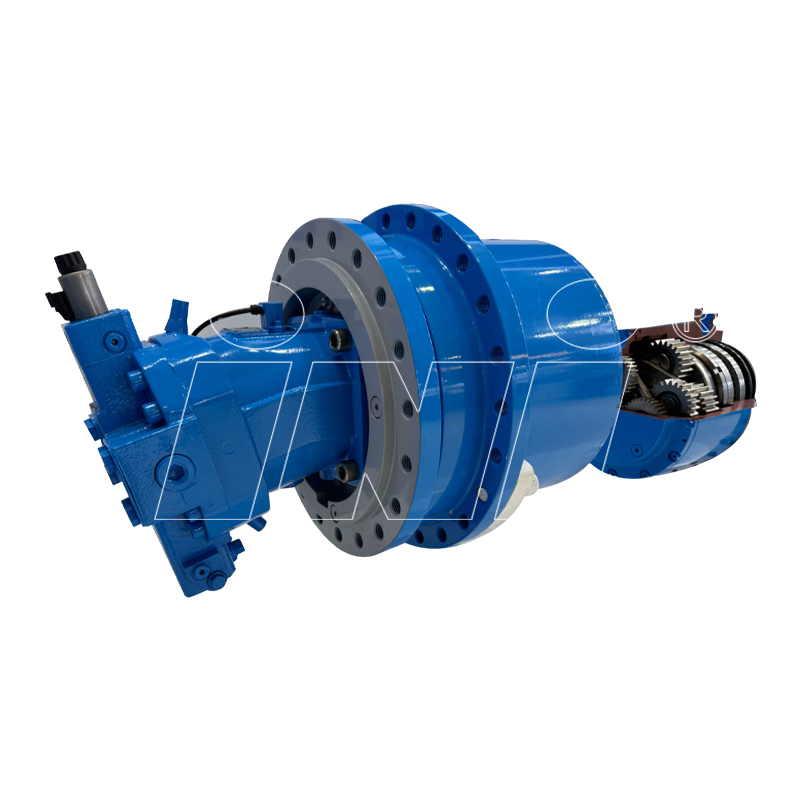
Common Applications
Industrial travel drives are commonly found in:
- Cranes and hoists: Move trolleys, bridges, and lifting platforms.
- Conveyor systems: Transport goods efficiently across factories and warehouses.
- Gantry and bridge systems: Enable precise movement in manufacturing and logistics.
- Mining and construction equipment: Provide reliable motion for excavation, drilling, and material transport.
- Automation and robotics: Facilitate controlled and repeatable travel motions.
How Industrial Travel Drives Improve Efficiency
1. Optimized Power Transmission
One of the main ways industrial travel drives improve efficiency is through optimized power transmission. By combining high-torque motors with precision-engineered gearboxes, these drives reduce frictional losses and maximize torque output.
This optimization ensures smoother, more controlled movement with minimal energy waste, enabling machines to handle heavier loads at higher speeds without additional power consumption.
H5: Key Points of Optimized Power Transmission
- High-torque motors provide efficient load handling.
- Gearboxes convert speed and torque to match operational requirements.
- Reduced friction extends component lifespan and lowers energy usage.
2. Energy Efficiency Through Smart Design
Modern industrial travel drives often feature energy-efficient designs to reduce operational costs. Key design elements include:
- High-efficiency motors (IE3 or IE4 rated): Consume less electricity while providing the same output.
- Low-friction bearings and seals: Reduce energy loss from internal resistance.
- Variable frequency drives (VFDs): Allow precise speed control, minimizing energy consumption during idle or low-load periods.
These features help businesses save on energy bills while ensuring continuous, reliable operation.
3. Precision and Positioning Accuracy
In applications requiring high precision, such as automated warehouses or robotic systems, industrial travel drives provide:
- Consistent speed regulation for controlled motion.
- Accurate stopping and positioning, preventing overshoot or misalignment.
- Repeatability, ensuring tasks are performed identically each cycle.
Precision reduces errors, prevents material waste, and improves overall production efficiency.
4. Reduced Maintenance and Downtime
High-quality industrial travel drives are constructed with durable gears, heat-treated components, and advanced lubrication systems, resulting in:
- Fewer mechanical failures.
- Extended intervals between maintenance cycles.
- Reduced downtime and higher machine availability.
Maintenance efficiency translates directly into greater operational efficiency, as machines spend more time running and less time being repaired.
5. Adaptability and Customization
Industrial travel drives can be customized for specific applications:
- Different load capacities to match operational requirements.
- Variable travel speeds to optimize performance.
- Environmental adaptations for extreme temperatures, dust, or moisture.
This customization ensures that each machine operates within optimal parameters, enhancing both efficiency and longevity.
Technical Advantages at a Glance
| Efficiency Factor | Description | Benefit |
|---|---|---|
| High Torque Output | Optimized gear ratios | Handles heavier loads efficiently |
| Energy-Efficient Motors | Reduced power consumption | Lowers operational costs |
| Precision Control Systems | Variable speed and braking | Accurate positioning and repeatability |
| Durable Components | High-quality gears and seals | Reduced maintenance and longer lifespan |
| Modular Design | Flexible configuration | Easy customization for different applications |
Real-World Examples
Cranes and Lifting Systems
Industrial travel drives are used to move crane trolleys and bridges. By delivering high torque and smooth speed control, these drives:
- Minimize jerk and load swing.
- Reduce mechanical stress on the crane structure.
- Enable faster, safer operations in material handling.
Automated Warehouses
Conveyor belts and transfer carts in automated facilities rely on travel drives for smooth, controlled movement. These drives:
- Ensure consistent speed and timing for material transfer.
- Reduce energy consumption with efficient motors.
- Minimize wear and tear, increasing the lifespan of conveyor systems.
Construction and Mining Equipment
Excavators, drilling rigs, and mobile cranes use travel drives designed for extreme conditions. Benefits include:
- High torque for heavy loads.
- Reliability in harsh environments (dust, moisture, temperature extremes).
- Reduced fuel and energy consumption due to efficient power transmission.
Technological Innovations Driving Efficiency
Integration with Smart Control Systems
Modern travel drives often include IoT sensors that monitor:
- Motor temperature
- Torque and load levels
- Vibration and alignment
This real-time data enables predictive maintenance, preventing failures and keeping machines running at peak efficiency.
Use of Lightweight Materials
Advancements in materials technology allow travel drives to use strong, lightweight alloys, improving the power-to-weight ratio and reducing energy requirements for movement.
Improved Lubrication and Cooling
Advanced lubrication ensures consistent oil distribution, minimizing friction losses. Enhanced cooling systems prevent overheating during continuous operation, extending both motor and gearbox life.
Key Benefits Summarized
Operational Efficiency
Travel drives provide smooth motion and precise torque control, resulting in higher production throughput and improved operational performance.
Cost Efficiency
By reducing energy use and maintenance needs, industrial travel drives offer a strong return on investment for manufacturers and facility operators.
Environmental Efficiency
Energy-efficient motors and optimized designs help reduce carbon footprint and align with sustainability goals in industrial operations.

 ENG
ENG
 English
English русский
русский Español
Español
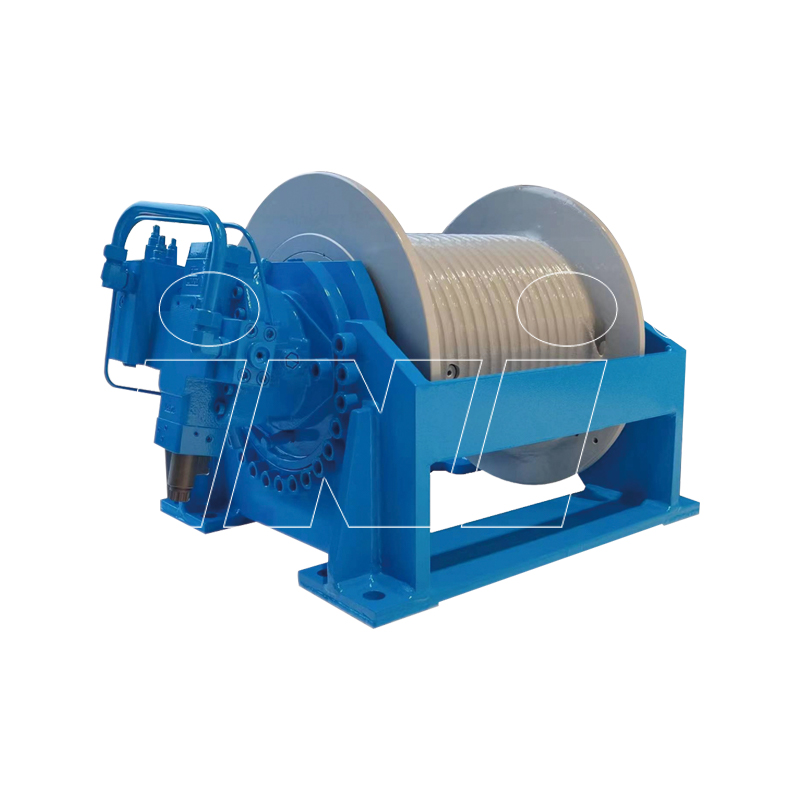

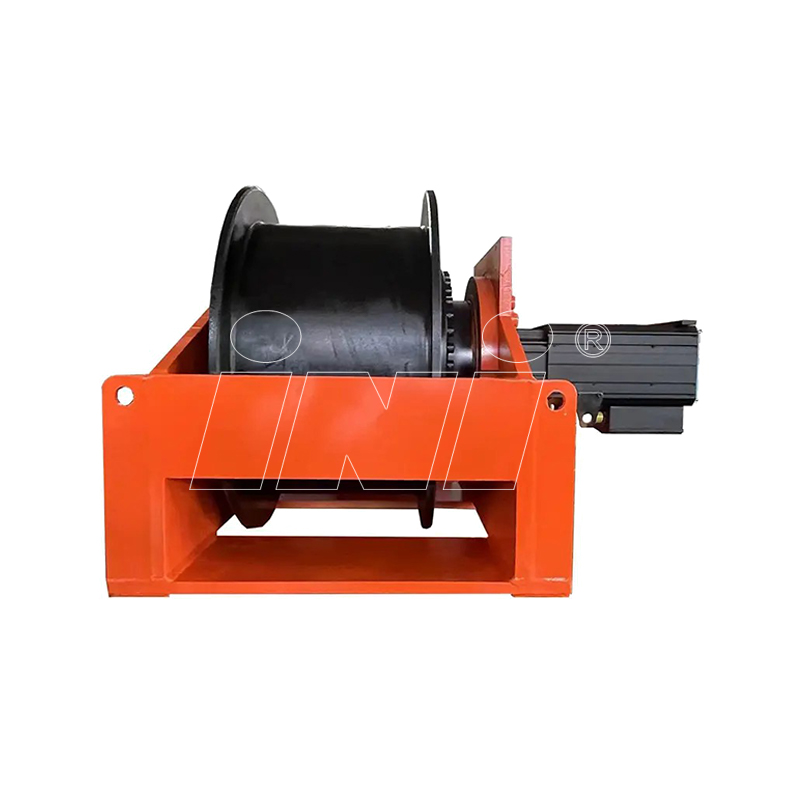

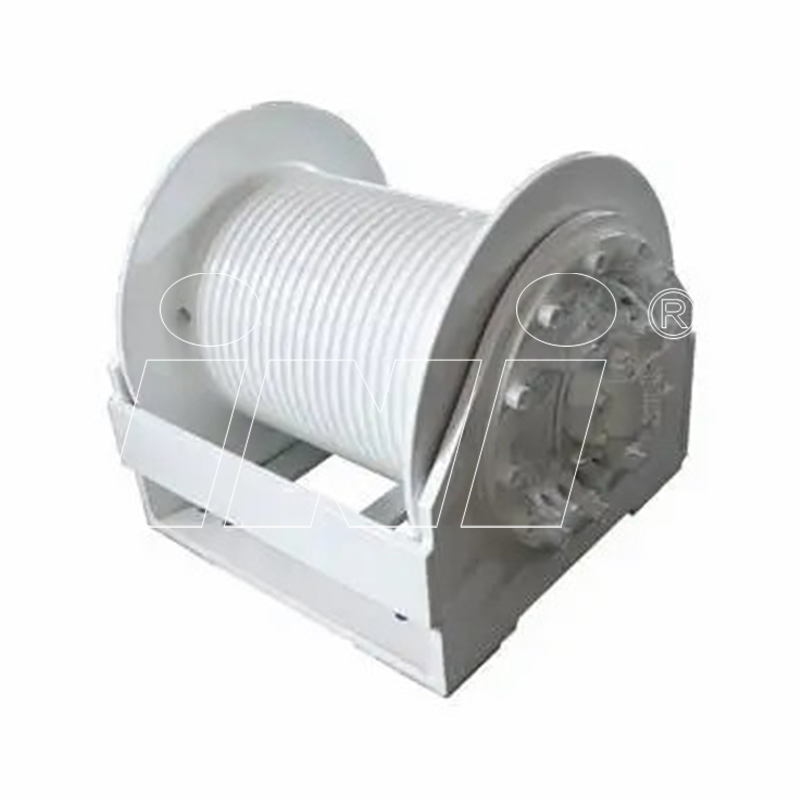

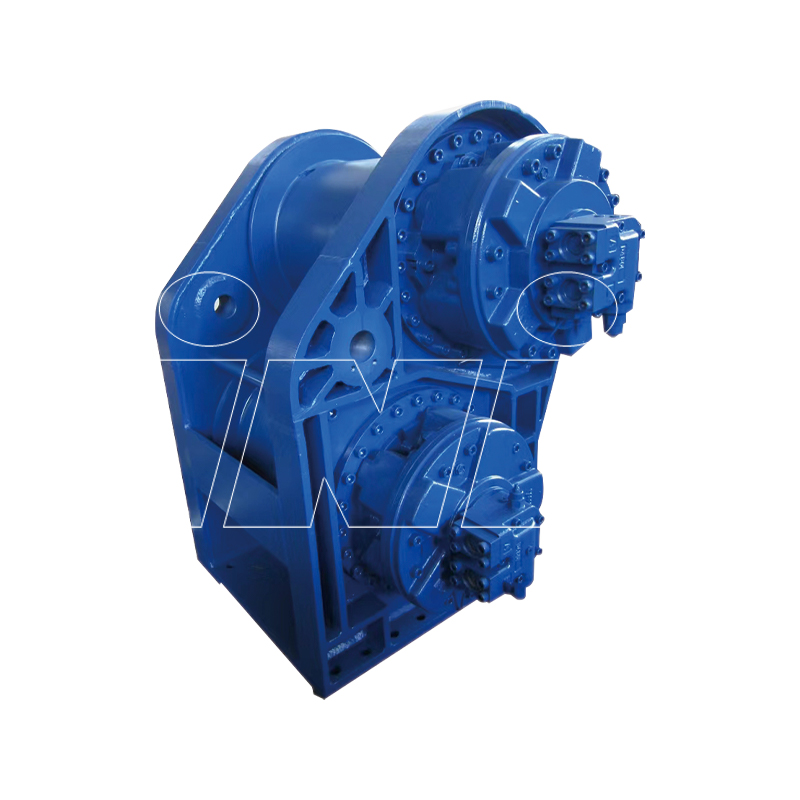



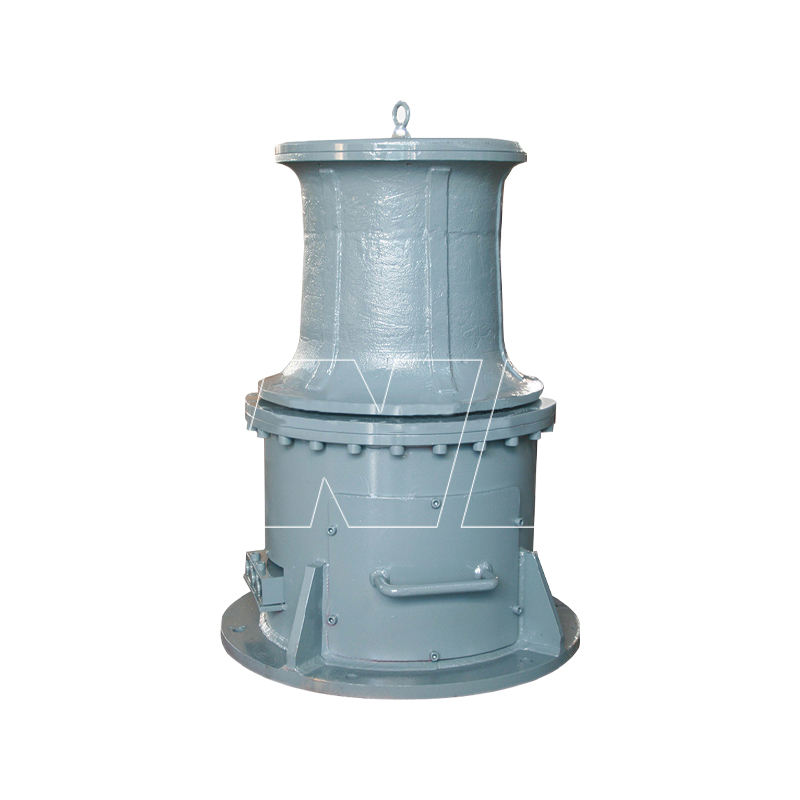
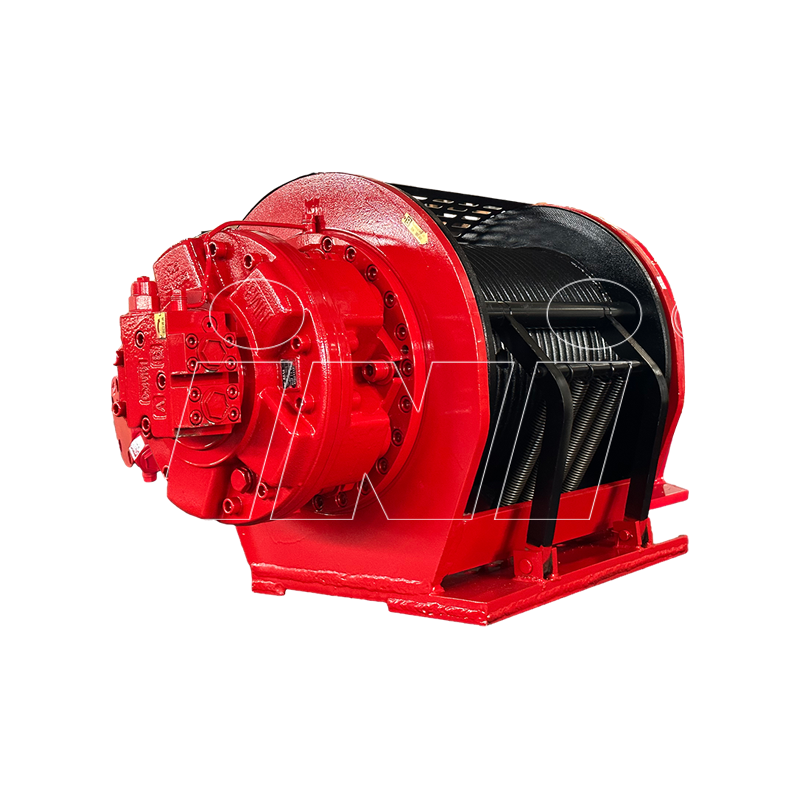
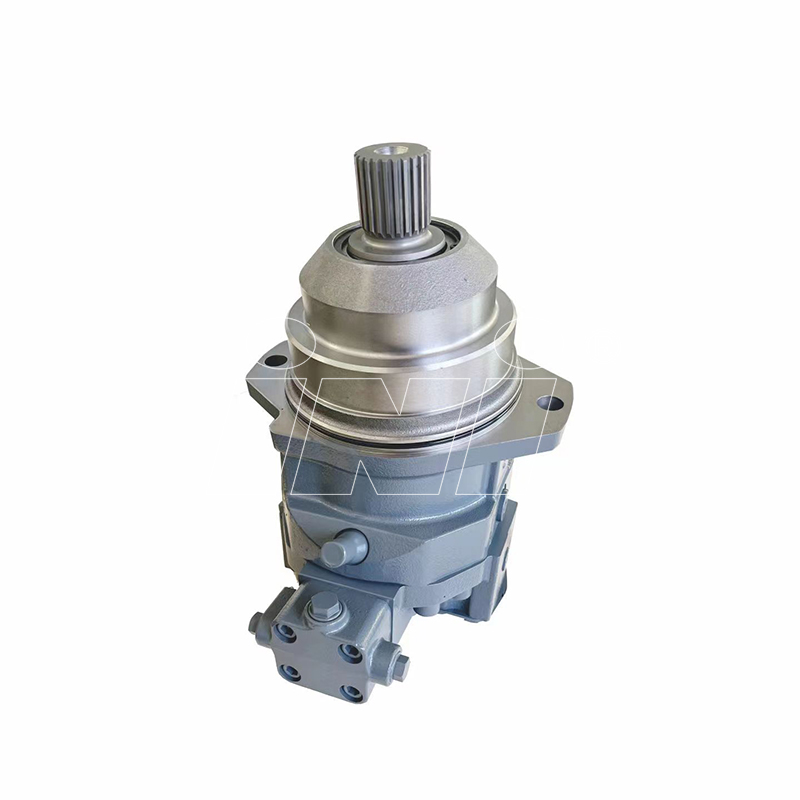

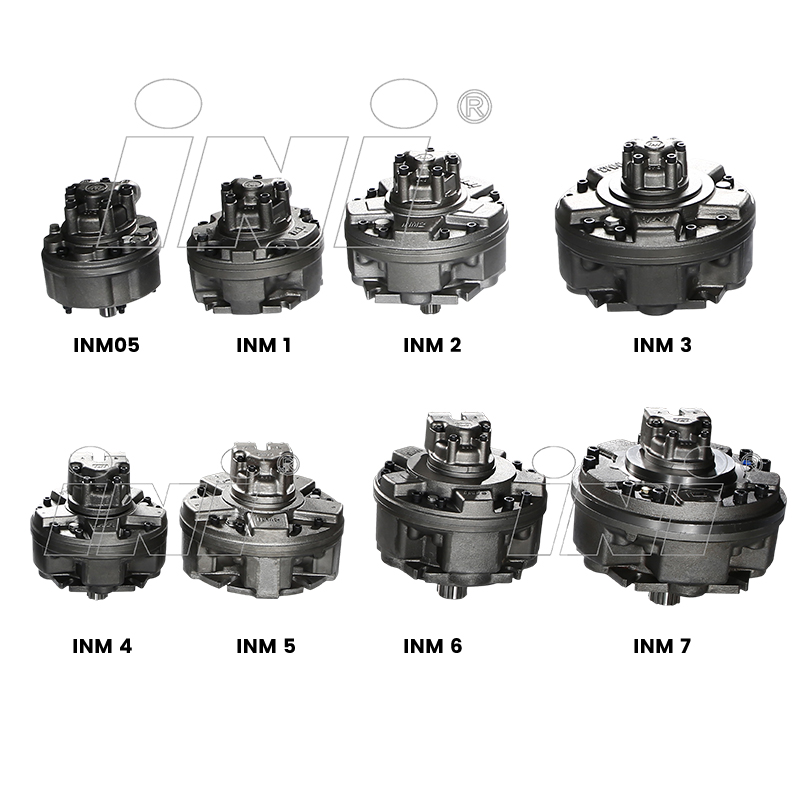

 English
English русский
русский Español
Español
 TOP
TOP